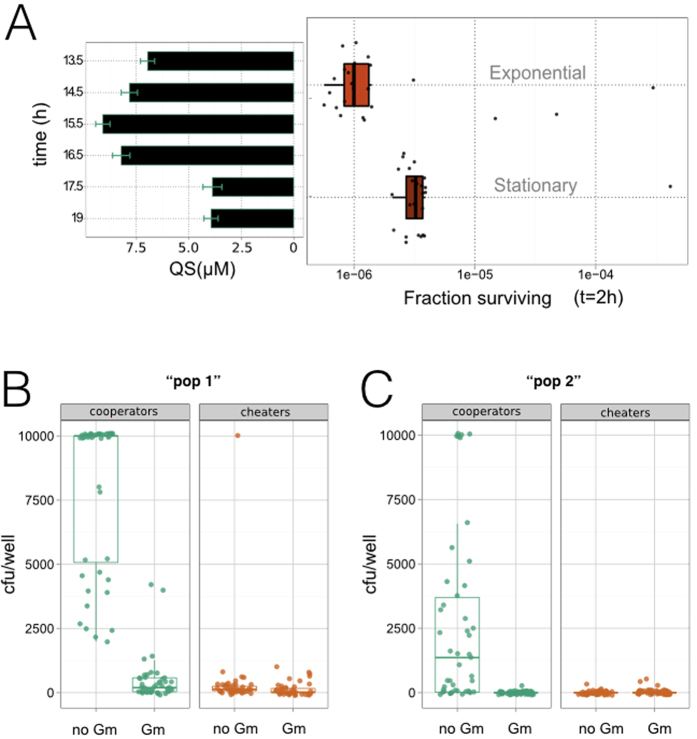Figure 4. Influence of secondary effects on the maintenance of public good-based communities under antibiotic stress.
(A) Cheater cells in exponential or saturating phase were resuspended in medium with gentamicin (Gm) (Materials and Methods). (Right) Cells in exponential phase experienced less antibiotic tolerance (Gm = 12 μg/ml, dots correspond to N = 45 replicas, box plots indicate associated statistical parameters). (Left) Concentration of quorum-sensing (QS) molecules decays as a function of time of growth (Byers et al.28) (Fig. S9), starting from an initial low-density of cooperators, i.e., “pop 2” density condition in Fig. 3. Bars represent measurement errors associated to QS estimation (Methods). Starting from these “pop 2” initial densities, and after an accumulation time of 15.5 hrs (T1), cells are in exponential phase, and the amount of QS is maximal. Recovery is thus strongly linked to the presence of the public good. (B,C) Emergence of spontaneous mutants to Gm. Initial populations of cooperators and cheaters are subjected to an accumulation and stress protocol under the “pop 1” and “pop 2” conditions (same as Fig. 3; black dots represent replicas, N = 45; box plots represent statistical parameters, color codes as Fig. 3). We repeated the experiment for each strain and dosage, so that one can quantify the typical resulting population, and also the mutant subpopulation (by plating with Gm and without no Gm antibiotic; the specific plating dosage corresponds to that of the matching growing conditions). Emergence of spontaneous mutants is reduced at higher dosage (C), i.e., “pop 2” conditions. Tolerance is most significantly associated in this regime to the presence of the public good.

